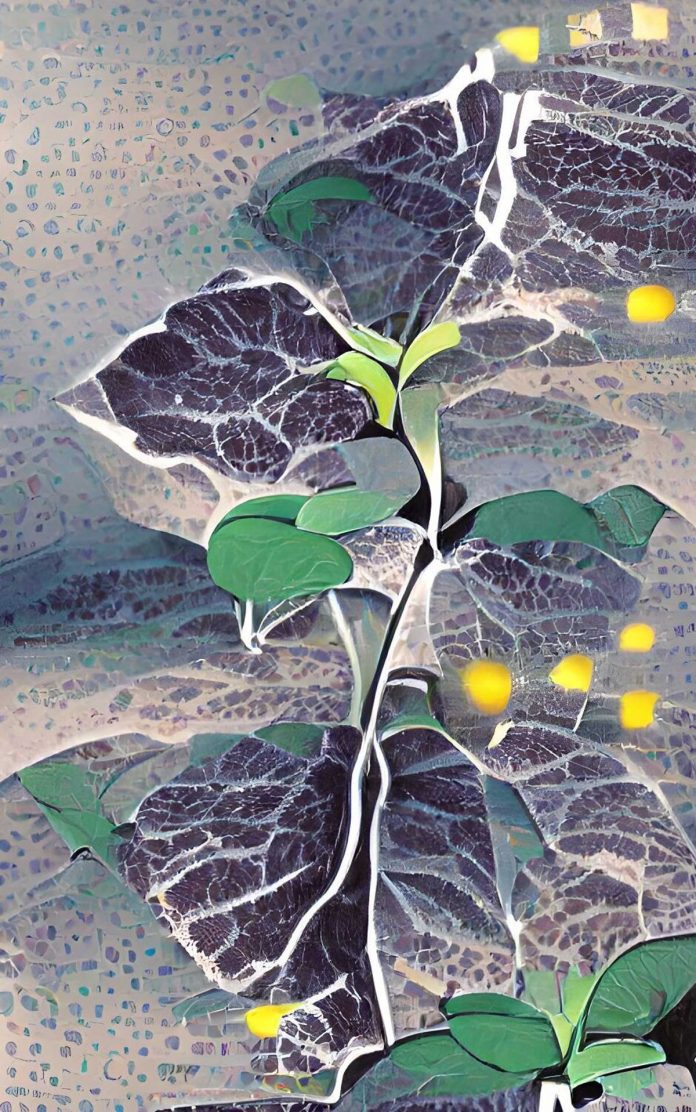Chlorophyll is the reason for the greenness in trees and it is also closely related to trees ability to generate food. But what would happen if tress does not have enough chlorophyll in it? Michigan State University and National Research Institute for Agriculture, Food and Environment researchers have found out a complex low-chlorophyll state in trees called chlorosis and its relation with fertilizer. The findings of this research have been published in Nature Communications. This research has emphasised upon environmentally friendly agricultural practices by using less fertilizer.
By photosynthesis, plant cells transfer solar energy into chemical energy. Plants suck carbon dioxide from the atmosphere and turn itself into sugar molecules. All these processes take place inside highly specialized plant cell named chloroplasts.
Plants accumulate all the nutrients in chloroplasts and it is essential for plants optimal functioning. MSU scientists Hatem Rouached was the head of the research team. The team of the researchers showed that iron and phosphorus are needed to resist chlorosis in trees. In chlorosis tree leaves turns yellow and eventually they fall off from the tree.
Researchers have also explained that they previously thought that lack of iron is the only reason for chlorosis. So, in agricultural field farmers have used more iron in their land to combat chlorosis. But the new research has proven that there are other nutrients at play too that cause chlorosis.
To better understand this phenomenon, researchers have used multiple nutrients together in plants, other than applying them one-by-one.
They found that lack of iron has turned the leaves yellow and also affected its photosynthetic activity as usual. But when the researchers removed the nutrient phosphorus with iron, the tree leaves accumulated chlorophyll and became green again.
Researchers have said that the explanation for this response lies in the signalling between the chloroplast.

